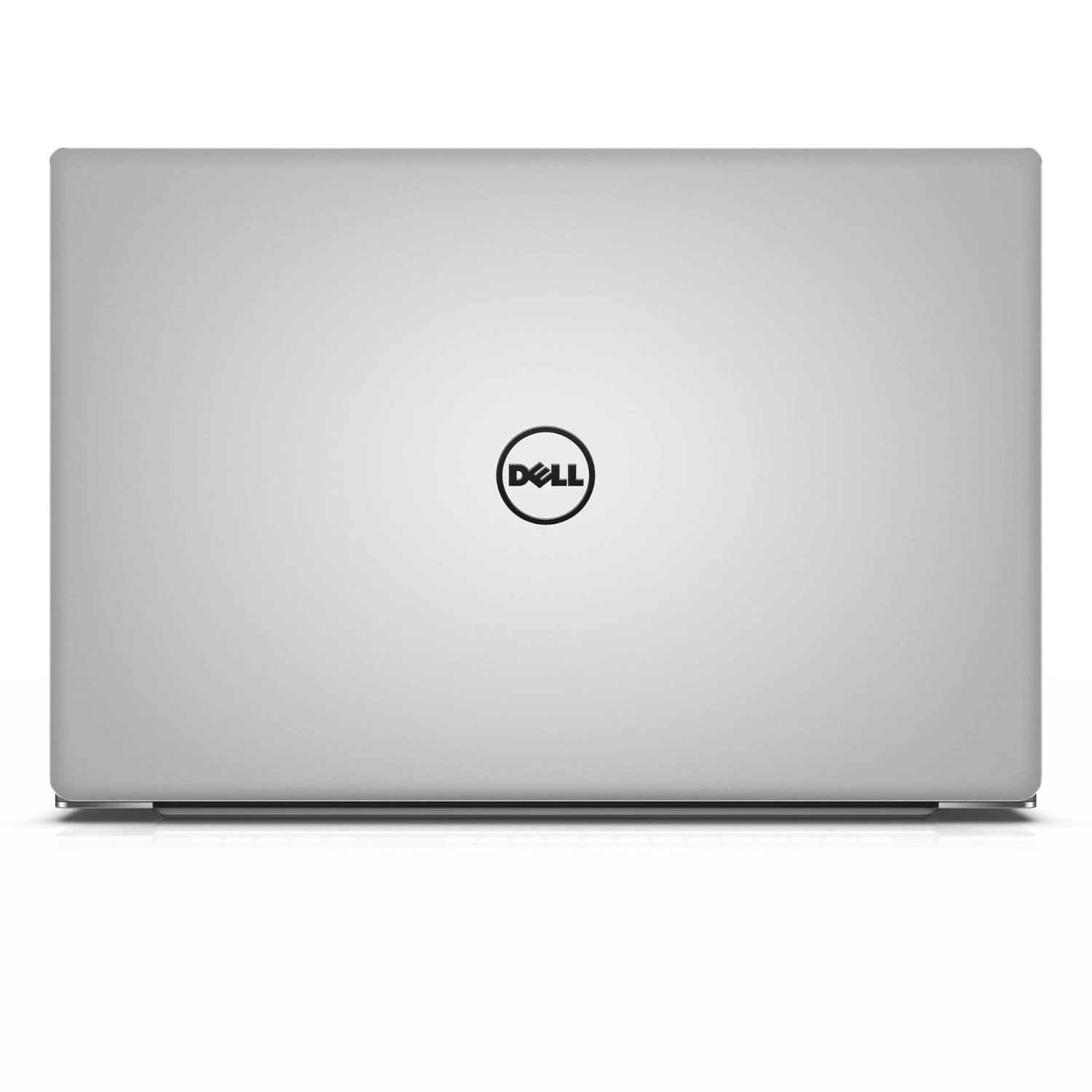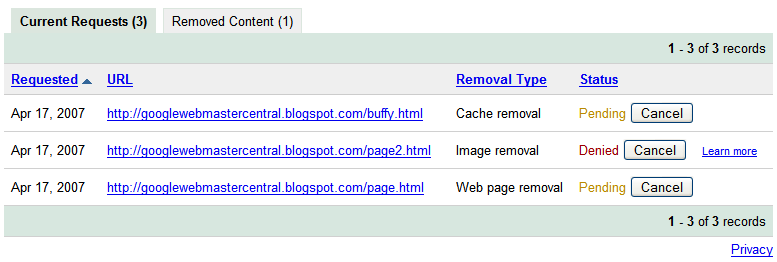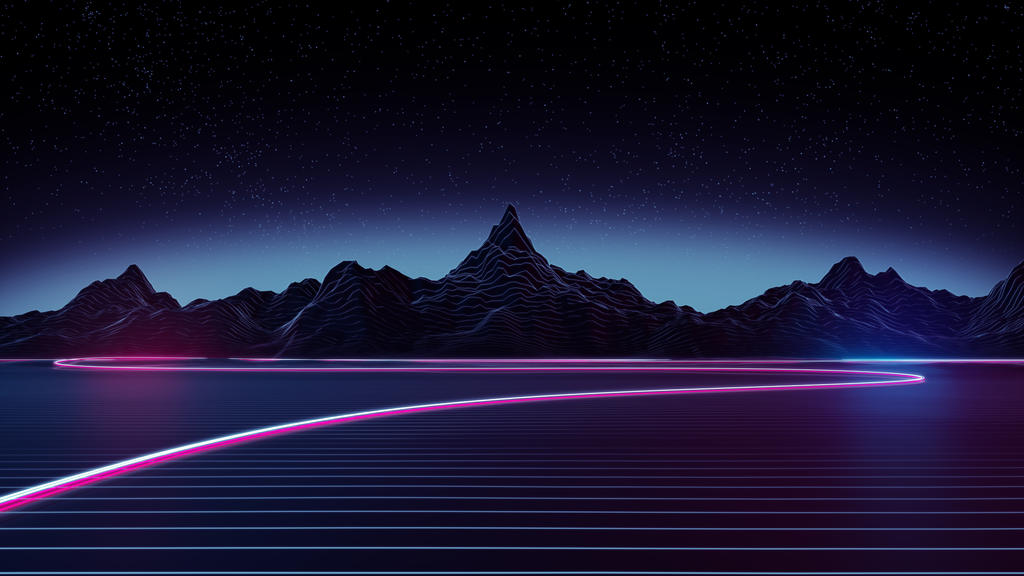Do you want to make Ubuntu look like Mac OS X? If so, we’re going to show you how to do it, step-by-step.
- Download Theme Mac Os For Ubuntu Bootable
- Gnome Mac Os Theme
- Download Theme Mac Os For Ubuntu Windows 10
- Download Theme Mac Os For Ubuntu Iso
Choose the Right Desktop Flavour. There are several variants for the desktop environment like. Windows 10 Theme. Feels quite strange that I am starting with a Windows 10 theme for your. Navigate your browser to McMojave theme page and download the theme package. There are multiple options so choose any style you favour as the installation process is exactly the same. For the purpose of this tutorial we will go with the dark theme. Download the package to your /Downloads directory. Download the latest LTS version of Ubuntu, for desktop PCs and laptops. LTS stands for long-term support — which means five years, until April 2025, of free security and maintenance updates, guaranteed. Ubuntu 20.04 LTS release notes. Recommended system requirements: 2 GHz dual core processor or better; 4 GB system memory; 25 GB of free hard.
The whole point of using Linux is that you can do things like this
It doesn’t matter whether you have a bad case of Apple envy, or you simply appreciate the design aesthetic of Apple’s OS; there’s nothing wrong with aping the appearance of a rival operating system.
After all, the whole point of using Linux is that you are free to do things like this — and hey: you certainly can’t make macOS look like Ubuntu!
How To Make Ubuntu Look like a Mac
A stack of mac GTK themes, icon sets, fonts and cursors are available for Linux, just a quick Google away.
The ones included below are the ones we use/think give you the best Mac-like look on your Linux box, But don’t be afraid to explore DeviantArt, GitHub and other avenues if our choices don’t quite match with your tastes.
1. Pick the Right Desktop Environment
GNOME Shell
To achieve the most Mac-like look on Linux you need to use the most appropriate desktop environment and that is GNOME Shell.
This is not a slight against other desktop environments (DEs) as Unity, Budgie, MATE and Cinnamon can all be moulded to resemble Cupertino’s computing OS too.
But GNOME Shell is the most customisable desktop environment. This is a key ask in a task like this. GNOME Shell lets you theme and re-arrange everything you need to with the least amount hackery or fuss.
If you’re using Ubuntu 18.04 LTS or later you already have everything you need to get started, so skip ahead.
It requires Yosemite. It eliminates noise from your pictures, those little dots that make them fuzzy-looking. Most frequently they show up in photos taken inside where there is no adequate light source. Noiseless mac cracked.
Mental ray plugin for Maya 2017 Mac Hi, I have installed Maya 2017 and the mental ray plug-in from the Nvidia website as well. It is not possible load the plug-in, even though it is listed in the plug-in manager. I am unable to install the second or third software update of maya 2017 for Mac as I. Mental ray for maya 2017 mac. Contour shading lets you render vector-based contour lines. Contours are similar to the ink component of the Ink 'n Paint material. Model rendered without contours Model with contours added to the rendering (Simple contour shader) You add contour rendering by assigning one of the contour shaders to the Contour component of a material. This component is found on the mental ray Connection.
But if you don’t have GNOME Shell installed on Ubuntu you will need to install it first.
Download Theme Mac Os For Ubuntu Bootable
This is easy. Just click the button below and follow in the on-screen prompts (select ‘lightdm’ as the display manager when asked):
You’re also going to need to the GNOME Tweaks tool in a few steps time, so install that now too:
Once both installations are complete you need to logout and select the ‘GNOME Shell’ session from the Unity Greeter:
A word on using Unity
One thing GNOME Shell can’t offer, that the Unity desktop can, is global menu support.

Gnome Mac Os Theme
Now, I don’t consider this to be a negative as more and more applications use use Client Side Decorations, making the need for a global menu redundant.
But if having an omnipresent set of app menus stripped across the top of the screen is part of the Mac experience you don’t wish to lose, stick with Unity.
2. Install a Mac GTK Theme
The single easiest way to make Ubuntu look like a Mac is to install a Mac GTK theme.
Our top recommendation is the ‘macOS Mojave’ theme by Vinceluice. This is a near-enough pixel-perfect clone of Apple’s OS skin, and is available in light and dark versions. It’s one of the best designed Mac GTK themes out there (it also has a matching GNOME Shell theme).
The ‘macOS Mojave’ theme requires GNOME 3.20 or later, so you’ll need to be running Ubuntu 16.10 or later to use it.
If you’re running the older Ubuntu 16.04 LTS release you can use the competent ‘macOS Sierra’ clone created by the B00merang project:
Tip: How To Install GTK Themes
Once you download your chosen macOS theme from the link(s) above, you will need to install it.
To install themes in Ubuntu first extract the contents of the archive you downloaded, then move the folder inside to the ~/.themes folder in your Home directory.
If you do not see this folder press Ctrl + H to reveal hidden folders. Next, find the .themes folder or create it if it doesn’t exist. Move the extract folder mentioned above to this folder.
Finally, to change theme, open GNOME Tweak Tool > Appearance and select your chosen theme (and the GNOME Shell theme, if you also downloaded one).
3. Install a Mac Icon Set
Next grab some a Mac Icon set for Linux. A quick Google will throw up a bunch of results. Most, sadly, aren’t complete enough to function as a full icon set, so you’ll also want to use (and in some cases manually specify) a fall back icon theme like Faba, or Papirus.
To avoid all of that hassle you may wish to use the fabulous ‘La Capitaine‘ icon pack.
What’s great about La Capitaine is that it’s a proper Linux icon set, with custom macOS inspired icons for many Linux apps and not just a direct port of mac icons to Linux. It’s also totally open-source, and is available to download from Github.
How to Install Icon Themes
Once you’ve downloaded your chosen theme from the link(s) above you need to install it. To do this first extract the contents of the archive you download, then move the folder inside to the ~/.icons folder in your Home directory.
If you don’t see this folder press Ctrl + H to view hidden folders. Next, find the .icons folder or create it if it doesn’t exist. Move the extract folder mentioned above to this folder.
Finally, to apply, open GNOME Tweak Tool > Appearance and select your chosen theme.
4. Change the System Font
If you’ve used Mac OS X / macOS at some point in the past few years you’ll know it has clean, crisp system typography.
‘Lucida Grande’ is the familiar Mac system font, though Apple uses a system font called ‘San Franciso’ in recent releases of macOS.

A quick Google should turn up plenty more information (and links to download San Francisco font) but be aware that neither font is not licensed for distribution — so we can’t link you to it, sorry!

Thankfully there’s an open-source alternative to ‘Lucida Grande’ called Garuda. It’s even pre-installed out of the box on Ubuntu, so you don’t need to go on a font safari to find it.
Head to GNOME Tweak Tool > Fonts and set the ‘Windows Titles’ and ‘Interface’ fonts to Garuda Regular (or any other font you wish).
If you use Unity you can use Unity Tweak Tool to change the font on Ubuntu.
5. Add a Desktop Dock
Ask people what a Mac desktop looks like and chances are they will mention its ubiqutious desktop dock. This is a combined application launcher and window switcher.
If you opted to use GNOME Shell back in Step 1 install the excellent Dash to Dock extension from the GNOME extensions site. This dock can be adjusted, tweaked and tune to look exactly like its macOS counterpart.
Dash to Dock doesn’t look very mac-ish by default so you will want to dive in to the GNOME Tweak Tool > Extensions > Dash to Dock > Appearance to change the colour to white, and lower the opacity.

Plank Dock
If you chose to stick with the Unity desktop you can set the Unity Launcher to hide (System Settings > Desktop > Behaviour) and install Plank, a desktop dock, to handle app launching and window switching:
Plank can be configured with all sorts of themes too, making it easy to replicate the Mac OS X experience. Gnosemite is a faithful mac Plank theme worth a look.
That’s it; we’ve achieved our aim to make Ubuntu look like a Mac — now it’s your turn.
We’d love to see a screenshot of your mac-inspired creation so do feel free to share one in the comments.
If you’re looking for a Mac theme for Linux, look no further.
GNOME-OSX II is (as you might have already guessed) a Mac GTK theme for Linux desktops — and it’s a pretty pretty adaptation.
‘This theme is a ‘gnome-desktop-interpretation of Mac OS X”
Yup, this is not an out-and-out copy of the standard UI in macOS. The theme describes itself as “a gnome-desktop-interpretation of Mac OS X”, with the theme designer saying they’ve “tried to implement the feel of OS X on the gnome-applications.”
This means the theme it’s not trying to be a pixel-perfect clone of the macOS theme — and there are plenty of GTK themes that try to do that out there — but instead adapts the core design of Cupertino’s desktop OS in a way that makes sense (and looks best) on the GNOME desktop.
The GNOME-OSX II theme works with most modern GNOME-based desktops, including GNOME Shell, GNOME Flashback, and Budgie. But the theme does not work with the Unity desktop.

Aside from evoking the form and function of macOS there are some novel touches too, such as the use of a blurred sidebar in the Nautilus file manager, and consistent theming across GTK2 and GTK3 apps.
A compataible GNOME Shell theme is also available to download for those wanting even more mac-inspired bling for their desktops.
Why do this?
Debate about the merits (or otherwise) of theming a Linux desktop to look like another operating system arises every time a theme like this is presented.
The terse answer is, if you can’t understand the appeal, sense or logic in doing it: don’t.
Whether you have Apple envy or simply admire and appreciate the design aesthetic of a macOS, there’s no shame if you decide to make Ubuntu look like Mac. The whole point of using Linux is (after all) that you can do things like this — you certainly can’t make Mac OS X look like Ubuntu!
Download GNOME-OSX Mac theme for Linux
The GNOME OS X II theme requires GNOME 3.20 or later. To use it on Ubuntu you need to be running Ubuntu 16.10 or above.
Once the download is complete you need to extract the tarball to your ~/.themes directory.
Download Theme Mac Os For Ubuntu Windows 10
Finally, to switch theme on you need to use the GNOME Tweak Tool, which is available to install from Ubuntu Software.
Download Theme Mac Os For Ubuntu Iso
For a more faithful mac-ification try the La Capitaine Mac icon theme for Linux, also available as a free download from GNOME-Look.

